Category: Articles
The countdown to the 2022 Beijing Winter Olympics truly began on October 19th in Olympia, Greece, when the Olympic torch was lit. The tradition of lighting the Olympic flame is a practice that connects the ancient Olympics with the modern games. The flame was first introduced to the modern games during the 1928 Summer Olympics in Amsterdam. In the modern context, the flame also gives a nod to an ancient Greek myth about the gifting of fire to humanity. The Olympic flame continues to highlight the growth of civilization.

The torch relay first took place ahead of the 1936 Summer Olympics in Berlin. The original relay lasted 12 days and passed through seven countries taking part in the Games. Like its successors, it began with the flame ceremony in Olympia. By handing down the flame, the torch relay demonstrates the continuation of Olympic symbolism from generation to generation.
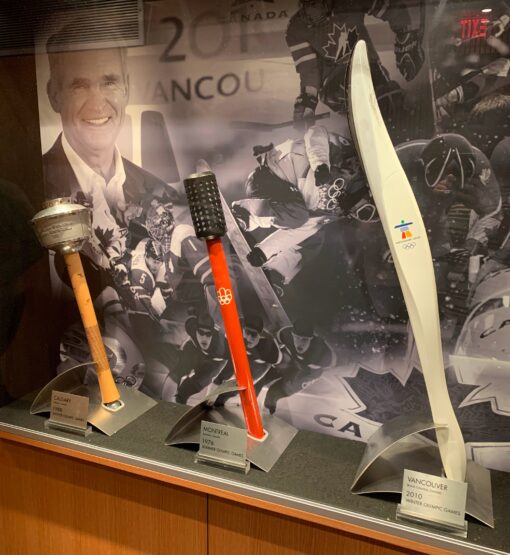
Throughout the torch relay, the flame announces the Olympic Games and spreads a message of peace and friendship. The Torch relay ends during the opening ceremony of the Olympic Games. The final runner, or runners, enters the stadium and lights the cauldron with the Olympic flame that stays lit for the duration of the games. This marks the start of the Olympic Games and Canada’s biennial quest for gold.
A Family Connection
Participating in an Olympic torch relay is an event few people have the privilege of taking part in. Yet, for two Canadian sisters, it has become a shared experience.
Roberta Kuan (née Reynoldson) was sixteen when she ran the torch for a kilometre near Aylesbury, Saskatchewan, ahead of the 1988 Calgary Olympics. Her sister Roxanne would go on to run the torch thirty-two years later during the relay for the 2010 Games in Vancouver.
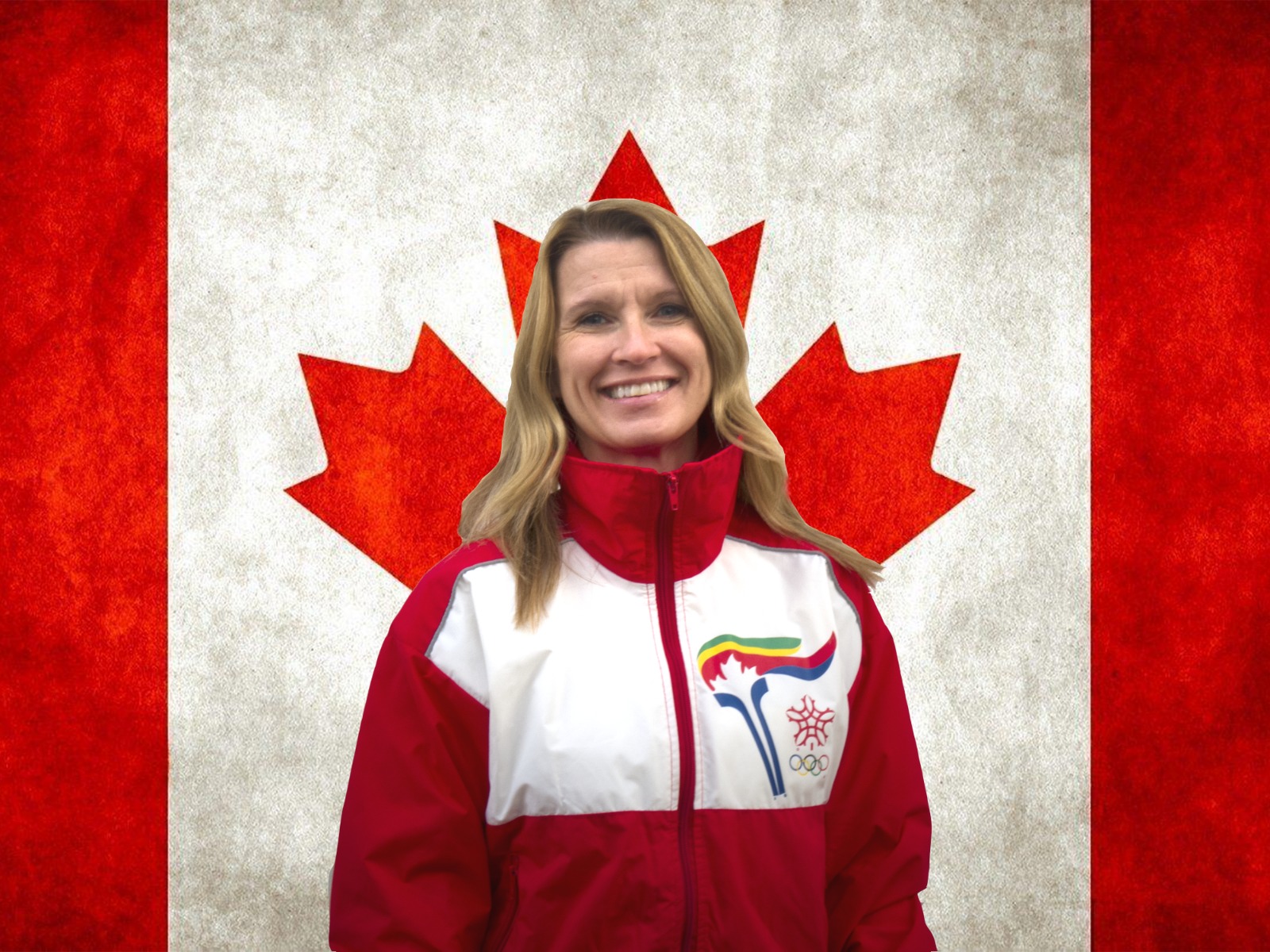
While Roxanne was selected through an application process that considered community leadership, Roberta was chosen through a lottery system. There was no limit on the number of times someone could enter the draw, a loophole she now considers crucial to her selection.
“The person receiving the raffle tickets thought I was dropping them off for the whole school because I filled out so many,” she recalls.

As for the relay itself, the memories remain sharp. “The torch wasn’t as heavy as I expected… Carrying it did feel special, being part of something like that.”
The torch relay is part of a legacy that involves more than just athletes. With a new Olympic cycle now underway, the spirit of the Games blazes on towards Beijing.

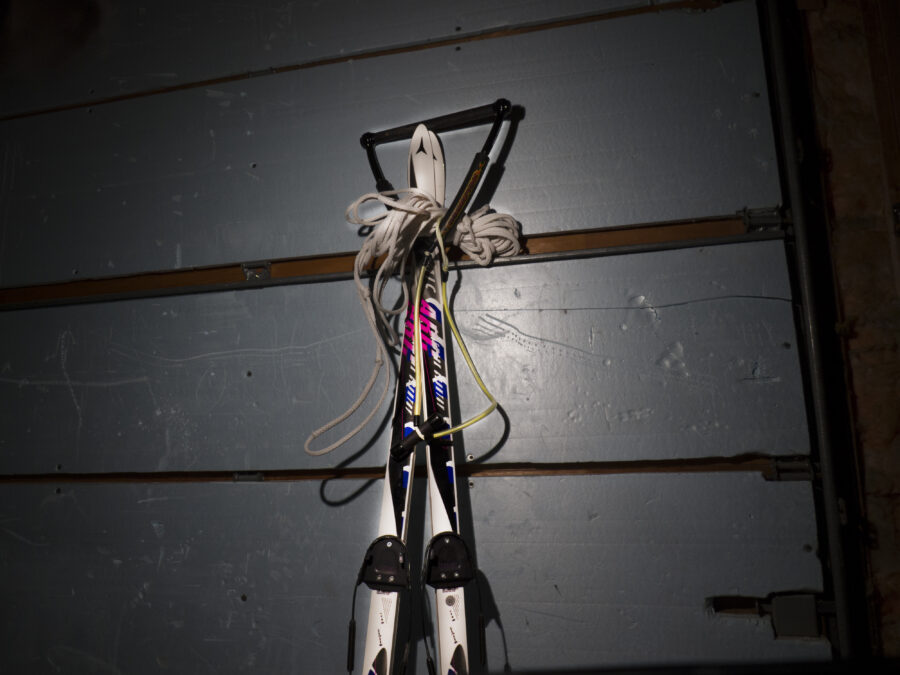
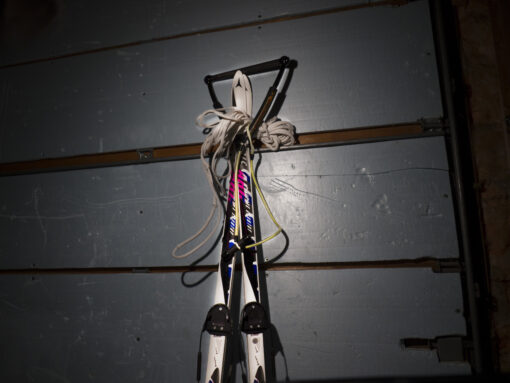
The Olympic Sport That Wasn’t
For most people, standing atop an Olympic podium is the accomplishment of a lifetime. To do it alongside two of your countrymen? A dream come true. But what if it meant nothing, your achievement destined to be an odd trivia fact? That was the reality of the three Swiss athletes who medaled in skijoring during the 1928 Olympics.
During the 1928 Winter Olympics in St. Moritz, Switzerland, the Swiss officials chose skijoring as their ‘demonstration sport. These demonstration sports (temporary events) are not a part of standard medal competition. Instead, they provide an opportunity for the host nation to showcase sports that are unique to their culture. For a handful of Swiss skijoring enthusiasts, an attractive opportunity had presented itself.
Originating as a form of transportation for military personnel in Sweden and Norway during the winter – skijoring evolved into a sport unlike any other. The event was held on a frozen lake and consisted of a race where athletes were each towed behind a horse while wearing a set of skis. Participants would hold onto reins that were connected to a harness placed on each horse and raced simultaneously.
The results were decided after a spirited, snowy competition and the top three finishers all represented the host nation of Switzerland.
Skijoring may have never become an Olympic sport, and the medals won during its 1928 demonstration do not officially count, but it was the only Olympic experience its participants ever had. In a strange way, the story of skijoring perfectly captures the Olympic spirit. What matters is good faith competition and the love of sport, not medals or fame. From 1928 to 2022, that is one thing we can still look forward to.
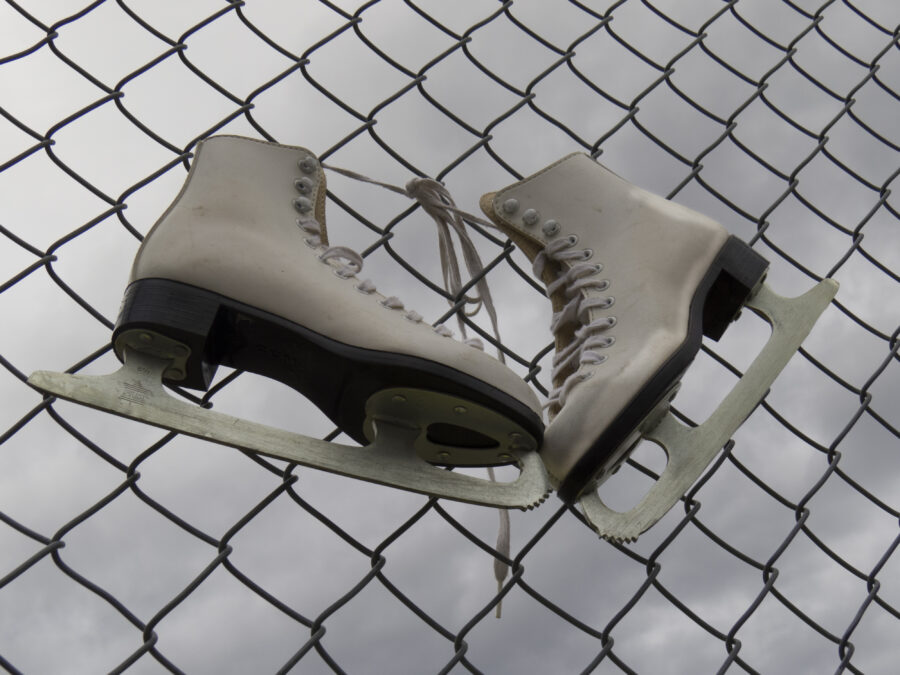

Canada’s sweethearts Tessa Virtue and Scott Moir have captivated the figure skating scene since being paired together in 1997. The pair glided across the ice in a sport called ‘ice dance’, a form of figure skating that draws on ballroom dancing. With 55 international medals won during their 22-year partnership, their retirement in 2019 gives hope for new athletes to rise to the occasion.
Eager to show off their range of skills is the decade-old partnership consisting of Piper Gilles and Paul Poirier. Following his split with his former ice dance partner, Poirier reached out to Gilles in 2011 in hopes of teaming up. Having trained and competed as an American athlete since her career began, Gilles – who is half Canadian – needed to obtain her citizenship. As a result, this delayed the beginning of their Olympic career.
Having earned 34 podium medals together at national and international events, Gilles and Poirier are hungry to return to the Olympics after placing 8th in 2018. Known for their crowd-pleasing choreography and exquisite artistry, the couple have planned an Elton John medley for their rhythm dance and will perform their free dance to the song “The Long and Winding Road” by The Beatles; an accurate description of their journey to this moment, they say. With over 400 days between competitions, the pair have trained extensively and have high hopes for their return to the ultimate athletic stage.
The 2022 Beijing Winter Olympics start on February 4th. Whether or not Poirier and Gilles can live up to their own expectations and fill the void left by Canada’s sweethearts will be discovered then.
